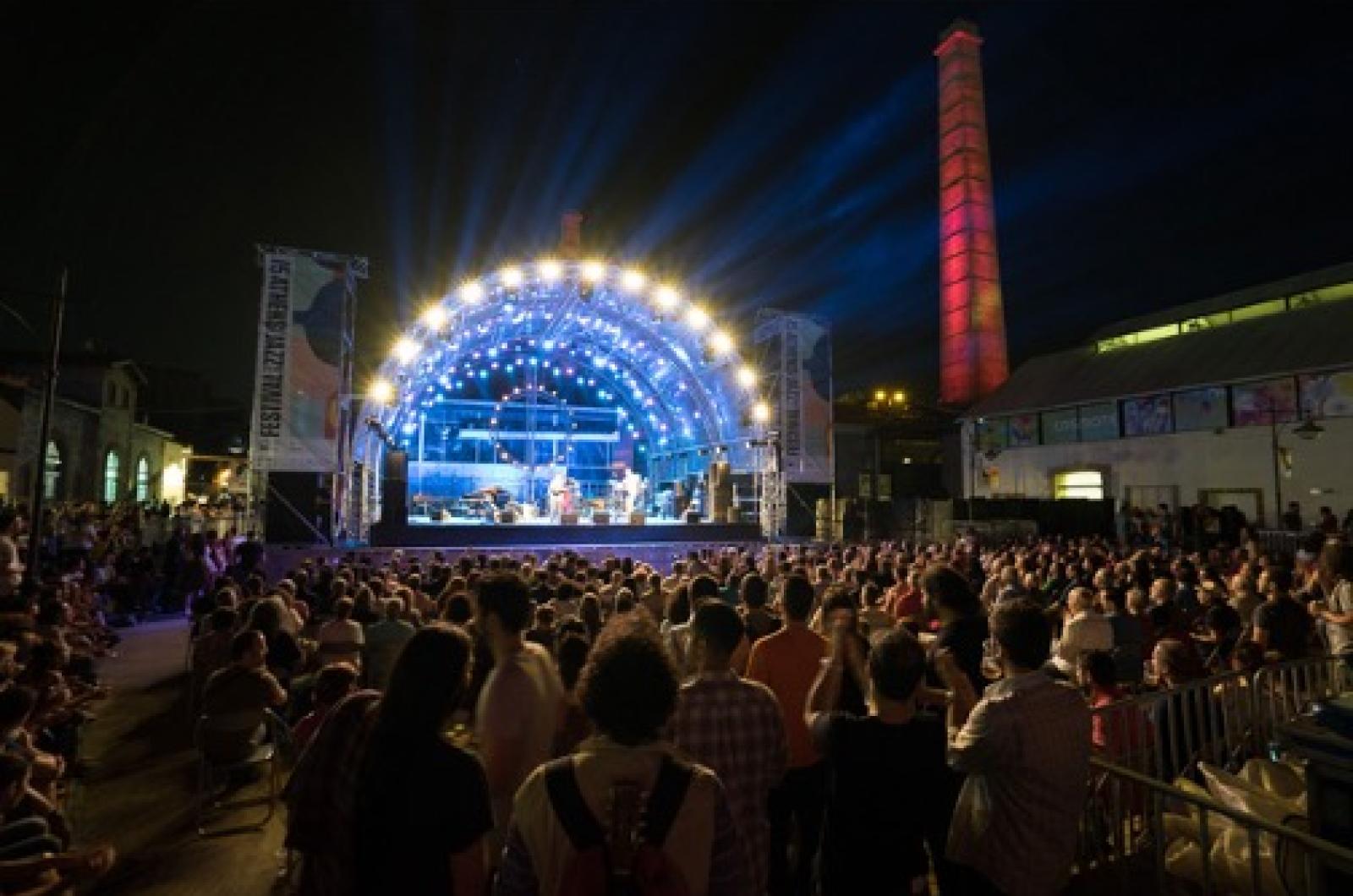Open Municipal resources and areas
The initiative of “Open Municipal resources and areas” consists of a participatory movement promoting contemporary culture targeting and supporting artists that use municipal cultural areas and their infrastructure for free for the organization of concerts, theatrical and dance performances and other cultural events.
This initiative is annually organized in the summer period, andperiod and is promoted by the Municipality of Athens.
Main results and impacts produced by the initiative on the selected MESOC crossover themesthemes.
The main impact of the “Open Municipal resources and areas” is twofold on the promotion of citizens participation as audience and as artists. The first aspect is promoted since it is reported that higher number of audiences follow the events and the access to cultural venues is growing. At the latter aspect, the reported high number of applications for the use of municipal areas from citizens that aim to perform their talent is an indicative index that reflects the increased active participation, the accessibility to municipal resources and infrastructure (both in terms of the actual venue and its technical equipment, as well as its human resources that support the organization of events) and the ground for open dialogue among the City of Athens and its artists.
Elements that contributed to the generation of these impacts
The key factors that contributed to the aforementioned impacts refer initially to the following points:
- Norms and regulations: the initiative of “Open Municipal resources and areas” derives from the City of Athens strategic plan and policy implementation. Its success towards active participation is indicated also by its continuous implementation and the city's intention to adopt it permanently.
- Resources: For the successful organization of the policy, the allocation of municipal resources for the promotion of participatory art events was necessary. Resources include technical infrastructure, costs for maintenance and organization, personnel of the venues etc.
- Co-creation of culture activities with citizens and following citizen initiatives, while citizens can actually consume city assets and exploit them as part of the co-owned public space.


